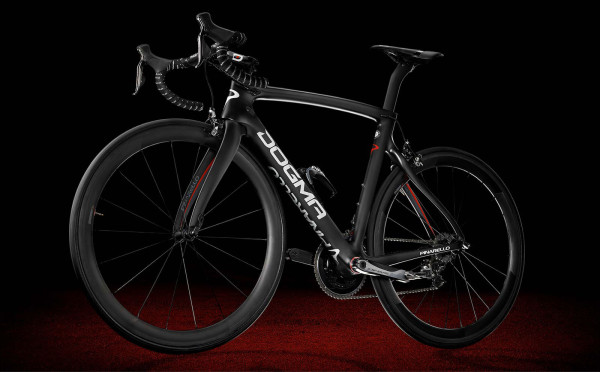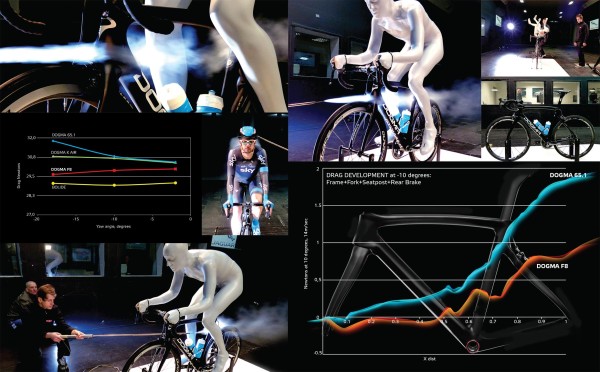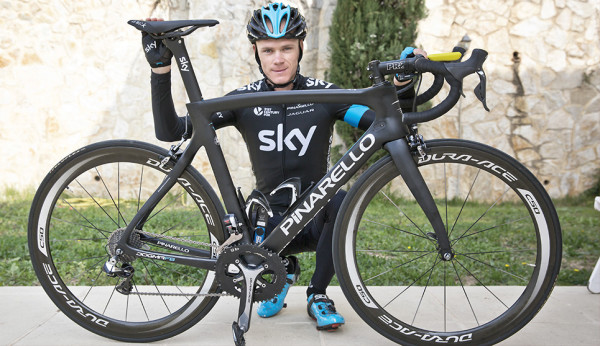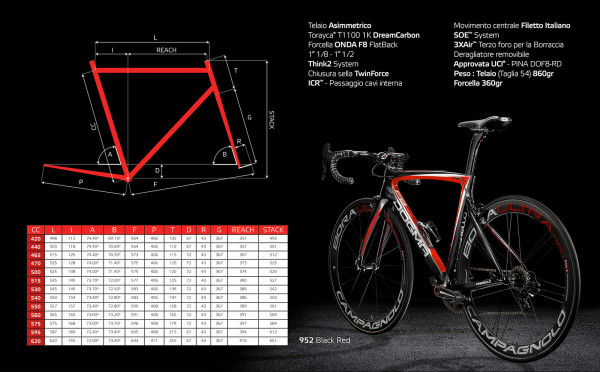Thanks to Pinarello’s new partnership with Jaguar, asymmetry has a new power animal. When it came time to introduce the 8th version of the Pinarello Dogma, the company not only looked to make a lighter, more efficient bike but one that was more aerodynamic as well. To do that they would enlist the help of one of the UK’s legendary auto manufacturers – fitting with the likes of team Sky. The result is a new bike that at first glance looks a bit more subdued compared to the Dogma 65.1, but is actually more asymmetric than ever.
Details next…
Where Jaguar was really able to help out on the new bike was in the aerodynamic design and testing phase, offering their CFD and wind tunnel experience to tune the Dogma’s frame. In order to get to their claim of 47%improved aerodynamics, the frame utilizes their new FlatBack tube shape which is similar to a Kamm tail or truncated airfoil. The final frame shapes were chosen after 70 different configurations and 300 CFD analysis cycles.
Combined with the use of new Toray T1000 1k Dream Carbon with Nanoalloy Technology (what appears to be a space aged Polymer Alloy the wizards at Toray have cooked up) and FlatBack tubes, the frame is said to be 120g lighter while measuring 12% stiffer. That makes a frame weight of 860g for a 54cm. The front of the bike gets a major facelift as well, with the new Onda F8 fork measuring 54% more aero and 10% lighter than the squiggly Wave 2 fork it replaces.
Not that it’s a normal metric of a frames performance, but Pinarello states that the F8 is 16% more asymmetric than the 65.1. This is said to better balance the forces from the drive side of the bike to harness as much power as possible from the pedals to the road. Other improvements include a more aerodynamic brake positioning thanks to the dramatically redesigned fork and seat stays, as well as an internal battery mount in the TwinForce seat post.
Chris Froome has been testing the new F8 since March, with the stealth looking ride trying to blend in.
Dogma F8 frames will be offered in 13 sizes from 42 to 62cm, each with a unique design to ensure the same ride quality throughout the line. In addition to a number of stock colors, the F8s will also be available through the MYWAY customization program.



